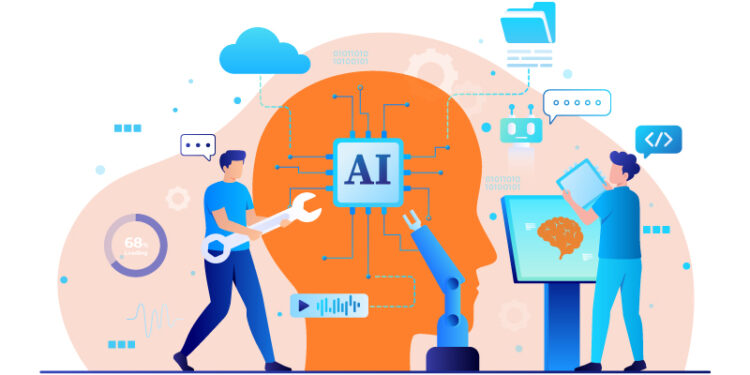As automation frameworks incorporate artificial intelligence capabilities, testing is changing quickly. Understanding important factors becomes essential for effective implementation as more and more firms use these sophisticated testing methodologies. Let’s examine five crucial factors that teams must take into account when integrating AI test automation into their development procedures.
1. Understanding Test Data Requirements
Achieving dependable results when deploying AI-based test automation depends critically on the quantity and quality of test data. Teams need to make sure their datasets are representative, varied, and cover a range of scenarios and edge cases. For the AI algorithms to learn from previous testing trends and make well-informed conclusions regarding test coverage, execution pathways, and possible flaws, they require a substantial amount of historical data. Effective AI system training depends on maintaining clean, well-structured test data.
2. Maintaining the Right Balance of Human Oversight
Even though AI may greatly increase testing efficiency, proper human oversight is still essential. The choices made by AI systems should be routinely examined and verified by test engineers, particularly in crucial testing situations. This person-in-the-loop strategy makes sure that the automation doesn’t overlook minute details that can call for human judgment or subject-matter knowledge. When and how human interaction is required in the automated testing process should be clearly defined by teams.
3. Planning for Continuous Learning and Adaptation
For AI-powered test automation systems to continue to be useful, they must constantly change. In light of new testing scenarios, application modifications, and developing trends, teams must budget for frequent upgrades and improvements to the AI models. This entails keeping an eye on the system’s functionality, gathering input on false positives and negatives, and adjusting the algorithms as necessary. Maintaining the accuracy and dependability of the automation framework is facilitated by a systematic approach to continual learning.
4. Ensuring Scalability and Performance
Making sure AI test automation systems are scalable becomes crucial as their complexity and reach increase. Without sacrificing speed, teams must build their automation frameworks to manage increased test loads, expanding test cases, and increasing data quantities. This entails taking processor power, resource optimization techniques, and infrastructural needs into account. As the system grows, effective scalability planning keeps testing efficient and helps prevent bottlenecks.

5. Managing Test Result Analysis and Reporting
Significant volumes of data and outcomes are produced by AI test automation, necessitating efficient analysis and reporting systems. To interpret test results, spot trends, and provide useful insights, teams need to put in place reliable procedures. Stakeholders may make well-informed decisions on testing coverage and quality assurance tactics with the use of trend analysis, predictive analytics, and clear test result visualization. The successful communication and utilization of the benefits of AI-powered testing is ensured by the establishment of thorough reporting frameworks.
Conclusion
AI test automation is transforming software testing, offering speed, precision, and efficiency. However, successful implementation requires a focus on quality test data, balanced human oversight, adaptability, scalability, and effective result analysis. Opkey’s AI-powered platform excels in these areas, employing Machine Learning, Natural Language Processing, and Generative AI to deliver the fastest and most seamless test automation experience. It identifies test gaps, generates automated tests, and ensures efficient maintenance, reducing manual effort and accelerating cycles. By adopting Opkey test automation, organizations can harness the full potential of AI, ensuring robust, scalable, and reliable testing frameworks for high-quality software development.













